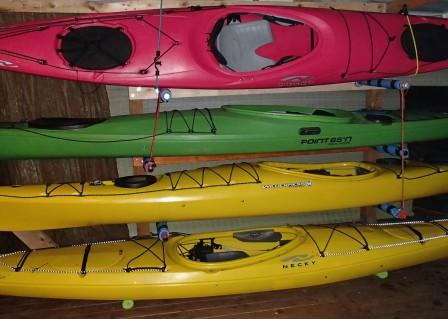A note from Ted:
As I write this blog entry, it’s mid-March. The weather has been volatile, to say the least, with hurricane force winds, blasting rain and intermittent sunny days — all in the last week! One day will be in the 60s and the next morning down in the 30s. Yay for Spring in the PNW!
However, all that means is that prime sea kayaking season is just around the corner, and that makes me think about scraping off the rust (figuratively speaking). Two principal topics immediately come to mind.
First: all those little boat and gear maintenance tasks that had been promised to be addressed over the winter are now a bit more urgently awaiting attention. It’s time to inspect deck lines, hatch covers, rudder components, any leaky bulkheads, and so on. Better to fix them NOW, before a problem shows up on the water!
Second: while paddling strokes and maneuvering techniques “should” come back with some on-water time, some coaching can really help. Perhaps more important are recovery and rescue skills, as those are easily eroded without regular practice; and they’re so vital to your personal safety while paddling!
So, consider booking one of our Rescue Practice & Refresher sessions to revisit and practice those skills. SSKS is also happy to put together a longer session that goes over basic strokes, maneuvers, and the rescues if you desire. Just contact us for scheduling and a price quote.
Happy Paddling in 2025!




